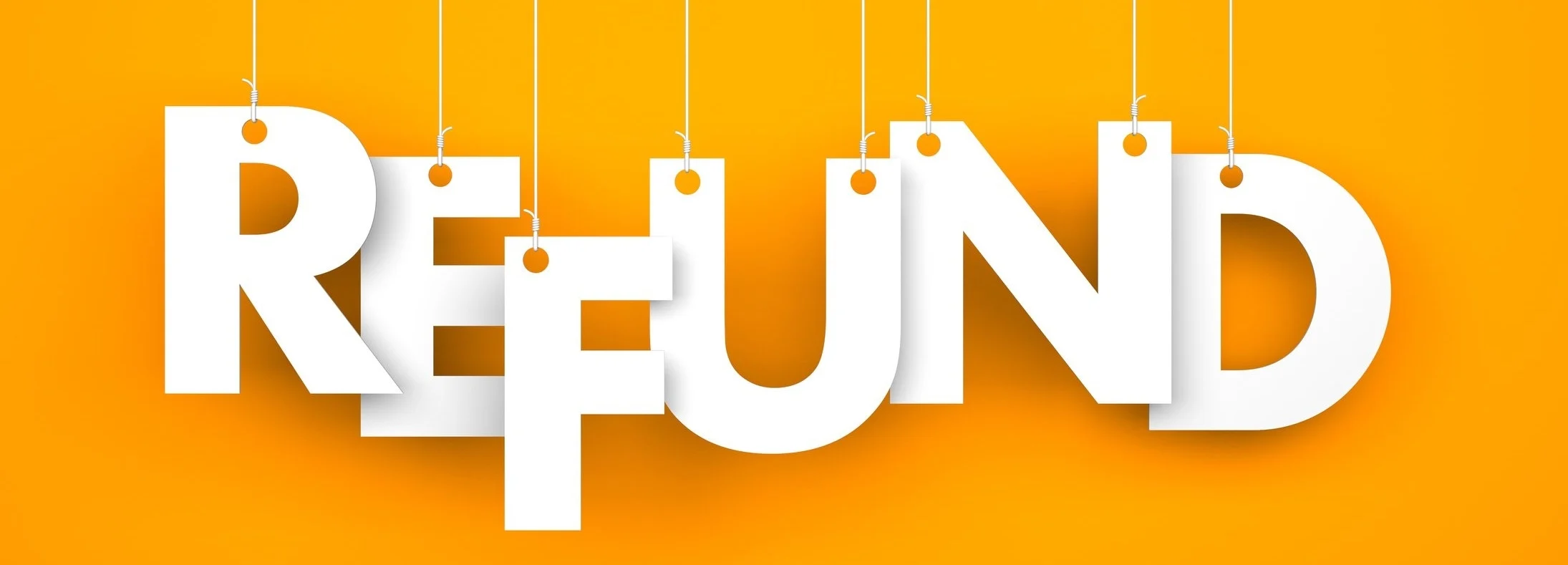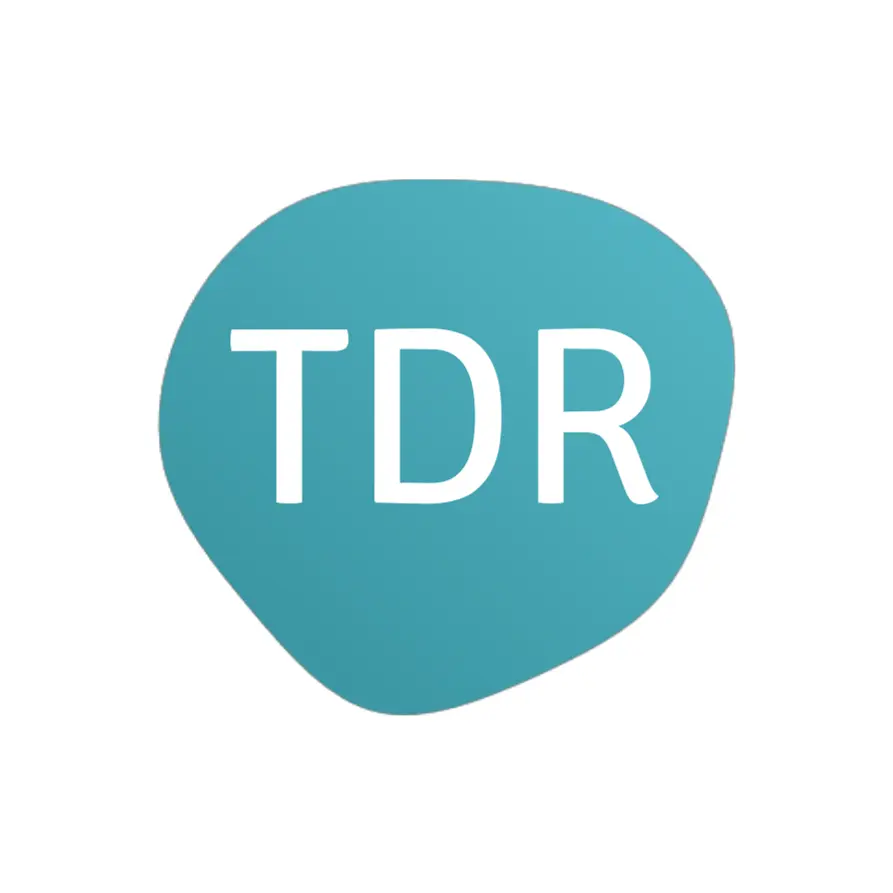How to Get Started with Duty Drawback in the U.S.

If your business imports goods into the United States, you might be leaving money on the table. The U.S. Duty Drawback program allows companies to reclaim up to 99% of import duties, taxes, and fees on goods that are later exported, destroyed, or returned. Whether you’re an eCommerce brand managing returns or a manufacturer exporting finished goods, Duty Drawback is a smart way to improve cash flow and reduce return costs.
In this comprehensive guide, you’ll learn everything you need to know to start benefiting from U.S. Duty Drawback — including how the program works, what types of claims you can file, and how Trade Duty Refund can make the process fast, compliant, and profitable.
What Is U.S. Duty Drawback?
Duty Drawback is a long-standing customs refund program administered by U.S. Customs and Border Protection (CBP). It allows importers and exporters to recover duties, taxes, and fees paid on imported merchandise that is subsequently exported or destroyed.
Many companies are unaware that they qualify for these refunds — or assume the process is too complex. In reality, with the right documentation and guidance, the savings can be significant. For some businesses, drawback refunds can represent a 2–5% improvement in gross margins.
Why Duty Drawback Matters
- Boosts cash flow: Instead of losing paid import duties, you recover nearly all of them.
- Improves competitiveness: Lower landed costs mean better pricing flexibility.
- Reduces waste: Products that can’t be sold domestically can still generate value when exported or destroyed.
- Supports sustainability goals: Reuse, resale, or destruction of defective goods under Customs supervision ensures compliance and efficiency.
The Three Main Types of Duty Drawback
The U.S. Duty Drawback program is divided into three main categories. Understanding which one fits your operations is key to maximizing refunds.
1. Unused Merchandise Drawback
This applies when imported goods are exported in essentially the same condition as when imported. It’s especially relevant to eCommerce companies handling returns or reselling unsold stock overseas.
Example:
A fashion retailer imports sneakers into the U.S. for online sales. Customers return some items, and the retailer exports them to the EU warehouse. Under unused merchandise drawback, the retailer can claim back 99% of the import duties on those pairs.
2. Rejected Merchandise Drawback
This provision applies to goods that:
- Don’t meet specifications,
- Were shipped without the buyer’s consent, or
- Were defective upon arrival or after sale.
As long as the products are exported or destroyed under Customs supervision, you can claim duties back.
Example:
A shoe manufacturer imports 1,000 pairs but discovers 200 are defective. Those 200 pairs are exported to the supplier or destroyed under supervision. The importer qualifies for drawback on those 200 pairs.
3. Manufacturing Drawback
Manufacturing drawback applies when imported materials or components are used to produce a new article for export. The finished good must have a new name, character, or use compared to the imported parts.
Example:
A U.S. electronics firm imports microchips to build circuit boards that are then exported. The company may reclaim duties on the imported chips under the manufacturing drawback provision.
The 4 Steps to Claiming Your Duty Refund
Claiming a refund may sound technical, but with a structured process, you can navigate it smoothly. At Trade Duty Refund, we’ve simplified the journey into four clear steps.
Step 1 – Import and Pay Duties
When you import goods, duties, taxes, and fees are paid to U.S. Customs. This payment record becomes the foundation of your future drawback claim.
Step 2 – Export or Destroy the Goods
You must export or destroy either the imported items or substituted merchandise (identical goods of the same kind and quality) from the U.S. Destruction must occur under CBP supervision.
Step 3 – Prepare and File the Claim
Your data is validated by our drawback analytics team. Using customized software and automated data matching, TDR ensures accuracy and compliance before submitting your claim to CBP.
Step 4 – Receive Your Refund
With Accelerated Payment Privilege, approved companies can receive a refund check of up to 99% of duties within 30 days of claim submission. It’s one of the fastest ways to recover cash from your supply chain.
Why Choose TDR
TDR is built around one principle — make duty recovery simple and global. Through a single setup, we enable refunds across the U.S., U.K., and E.U., eliminating the need for multiple local contracts or systems.
Key Benefits of Working with TDR
- Quick Setup: Only a few documents are needed to validate eligibility.
- Multiple Claim Options: Choose between self-filing or broker-assisted submissions.
- Integrated Data Exchange: Easily share information via API, sFTP, or secure email.
- End-to-End Compliance: Our customs specialists and trade lawyers ensure accuracy at every step.
- Scalable for eCommerce: Perfect for B2C brands managing global returns.
We understand that every company’s trade operations are different — that’s why we adapt our approach to your data structure, systems, and export patterns. Whether you’re a start-up or an enterprise, our model grows with you.
Documents You Need to Start a Claim
To build your first claim, you only need to provide a trace from import to export for one product. This helps establish the documentation chain CBP requires for verification.
If available, ACE reports from CBP are also a great source of validated import/export data.
If you do not have access to ACE reports yet, you can easily apply here
Once you supply these, our team builds a drawback model tailored to your operations, outlining logistics adjustments if needed and preparing the first test claim for submission.
Implementation in Five Simple Phases
At TDR, we follow a structured five-step implementation plan designed for speed and transparency:
- Validate: Review documentation and confirm eligibility.
- Design: Create your custom drawback model and logistics plan.
- Apply: File your initial claim for accelerated payment approval.
- Claim: Submit full-scale drawback claims to CBP.
- Repeat: Automate recurring refunds for continuous cash recovery.
Once the model is validated, you can reclaim duties monthly or quarterly, depending on export volume.
Getting Started with TDR in the U.S.
You can start your Duty Drawback journey in just a few clicks.
Take our online Duty Refund Questionnaire to help us assess your eligibility. The process takes less than two minutes and connects you directly with one of our trade experts.
👉 Start Your Duty Drawback Evaluation Now
After completing the form, our experts will review your import/export flow and recommend the best solution — whether that’s unused, rejected, or manufacturing drawback.
For additional assistance, reach out anytime at
📧 contact@tradedutyrefund.com
Common Questions About Duty Drawback
How long does the process take?
With Accelerated Payment status, refunds can be issued within 30 days of claim submission.
Can I claim drawback on past shipments?
Yes. You can typically claim for shipments made within the last five years, provided you have proper documentation.
What if my exports are handled by a 3PL or marketplace?
You can still qualify — TDR helps coordinate data exchange between your 3PL, customs broker, and internal systems to prove eligibility.
Is Duty Drawback the same as a tax credit?
No. Drawback is a customs refund, not a tax credit, meaning it directly recovers paid duties and fees from CBP.
Conclusion
Duty Drawback is one of the most effective — yet underutilized — ways for U.S. businesses to reclaim working capital and improve profit margins. Whether you handle returns, exports, or manufacturing, this program lets you turn import costs into cash recovery.
With Trade Duty Refund, you get an end-to-end partner who manages compliance, paperwork, and submission — so you can focus on your business, not bureaucracy.
Take the first step today and start recovering what’s rightfully yours.
👉 Start Your Duty Refund Claim

